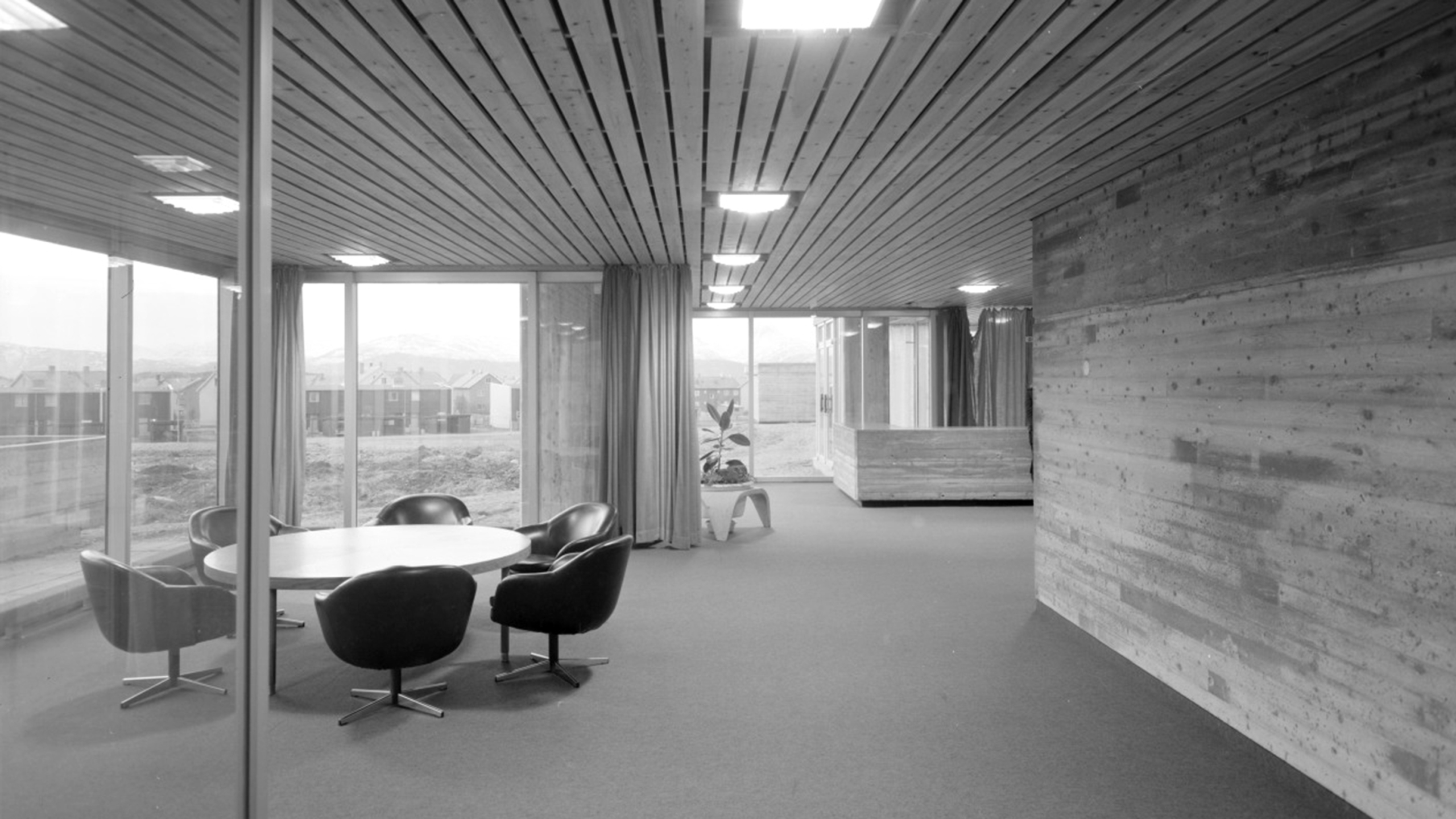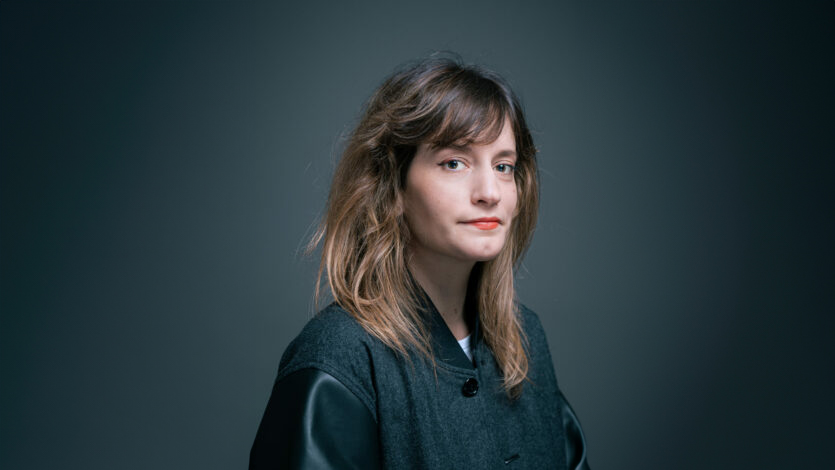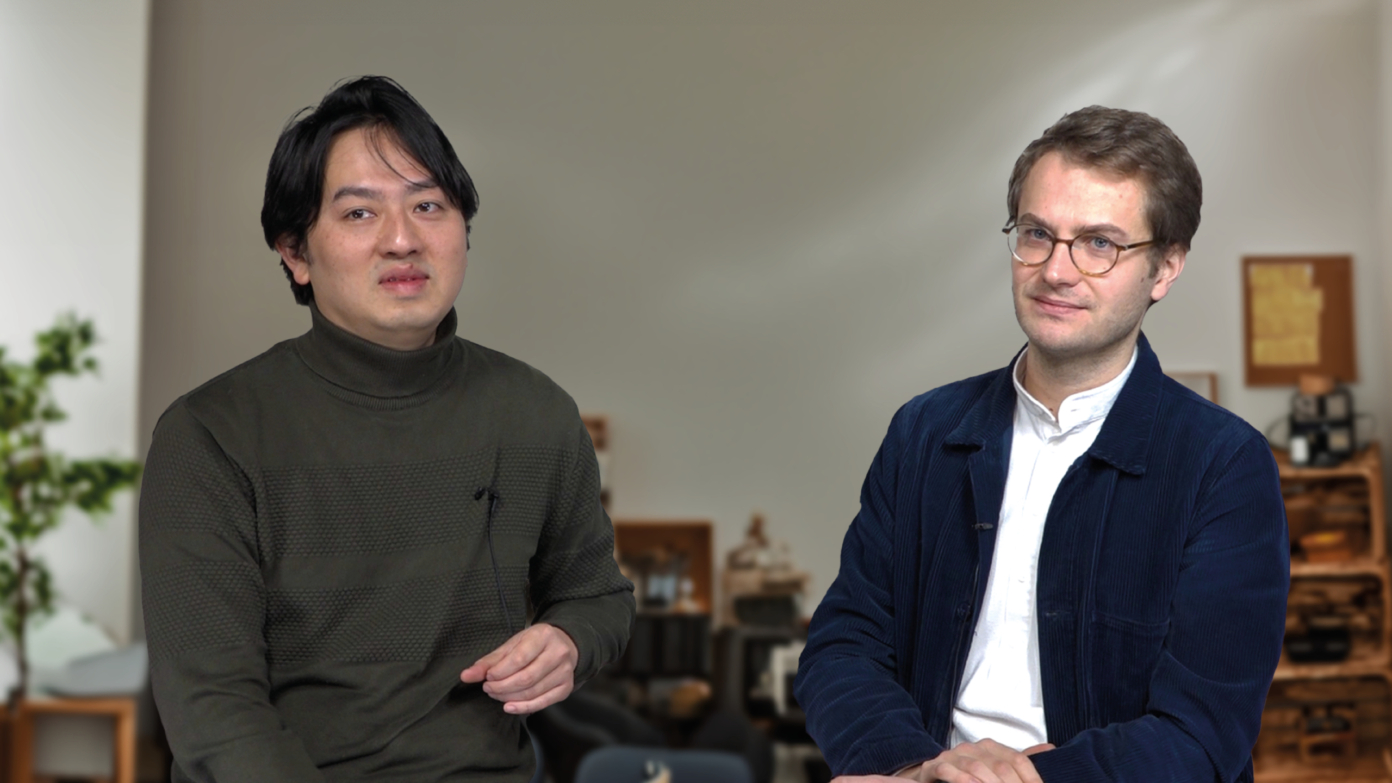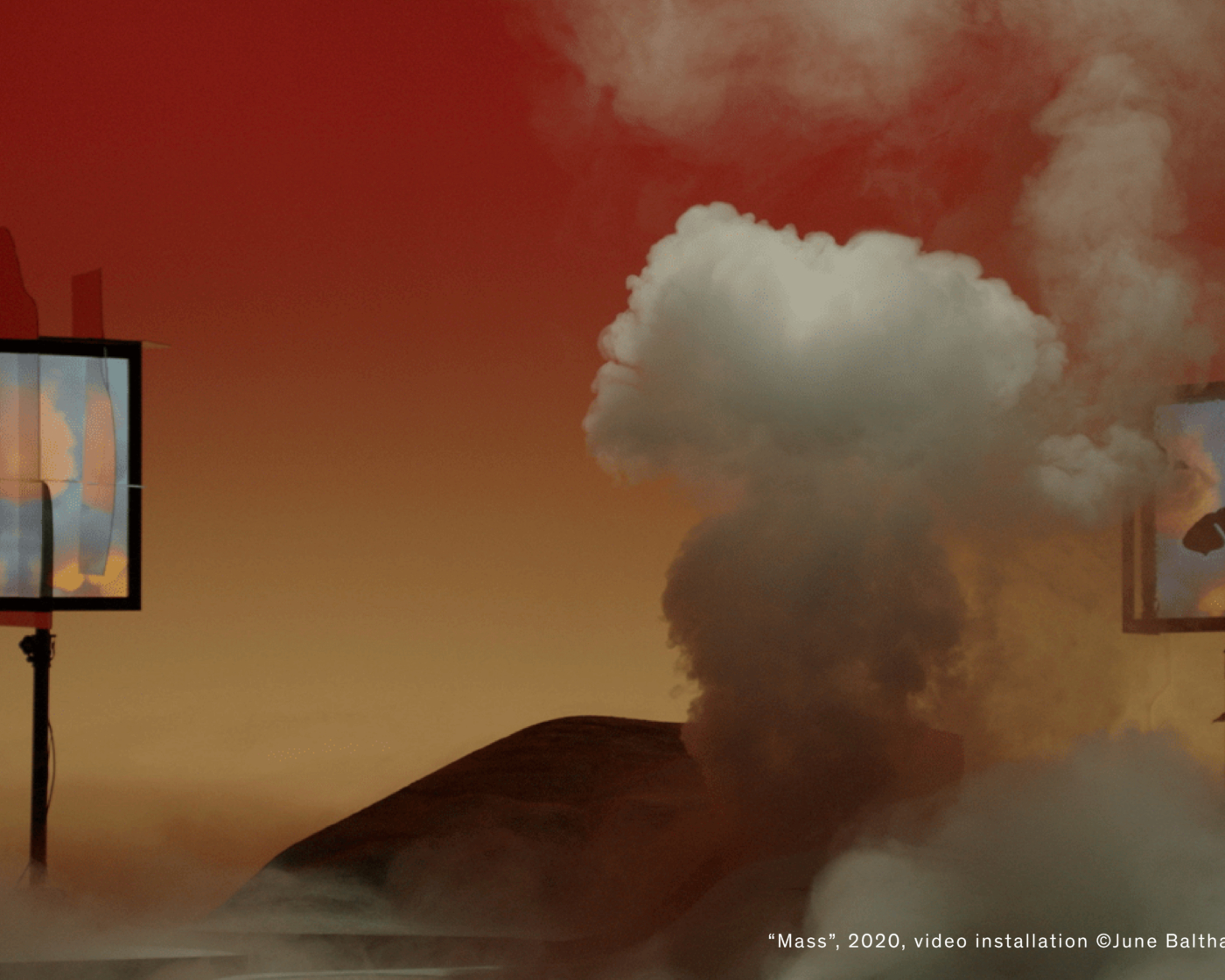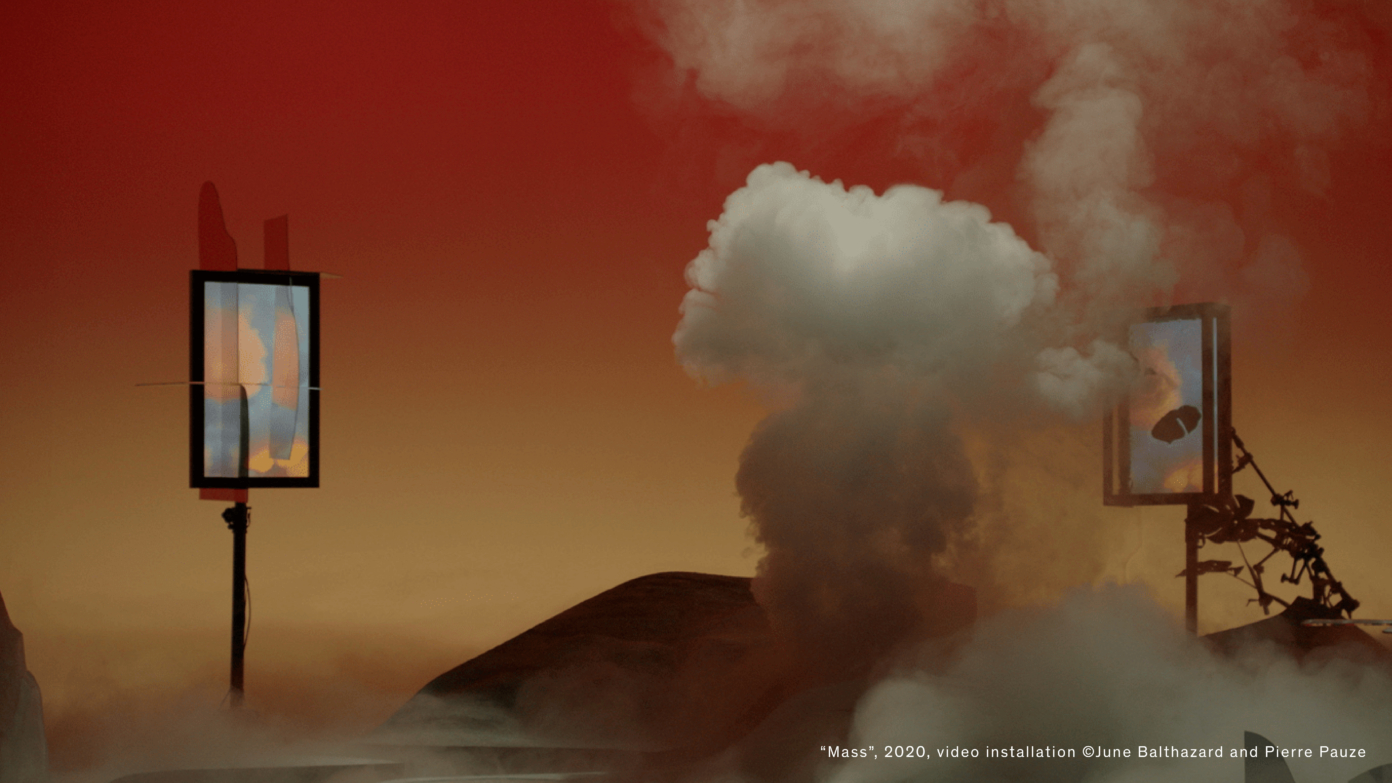II. Theoretical Premises
1. Philosophical premise: Historical Materialism
A certain mode of production, or industrial stage, is always combined with a certain mode of co-operation, or social stage, and this mode of co-operation is itself a productive force.
Marx & Frederick Engels, The German Ideology, Page 69, ElecBook, London 1998
The approach defended here is based on a materialist conception of history and the respective framing of the architectural/spatial problematic. Materialism – in opposition to idealism – identifies in the development of productivity the primary dynamic of social change. The social life-process is first of all a competitively measured production process. Space is historically efficient space. This spells the central task of architectural theory: to analyse and anticipate how architectural space engages and organises productive social relations.
The realm of work, i.e. the evolving labour process with its dialectic of technological progress, organisational structure and patterns of collaboration, is the root process with respect to the overall development of society.“The mode of production of material life conditions the general process of social,
political and intellectual life.” Karl Marx, Preface to A Contribution to the Critique of Political Economy,
Page 7, ElecBook, London 1998
Also: “What they are, therefore, coincides with their production, both with what they produce and with how they produce.” Karl Marx & Frederick Engels, The German Ideology, Page 69, ElecBook, London 1998 All sustained cultural development co-evolves with the advancing labour process. Work relations are thus the most fundamental of social relations in the sense that all other social relations and patterns of social life – due to the competitive race for productivity – are bound to the facilitation of productive work. Those social relations, cultural institutions and architectures that facilitate efficient and effective work will draw resources and proliferate. The secret behind the pervasive world wide proliferation of the ‘American way of life’ in the post war era lies in the enormous advances in productivity achieved by the Fordist scheme of socio-economic development.
Our current ‘condition of postmodernity’ is shaped by the dynamic of post-fordist restructuring.
Productivity remains the key selection criterion placed upon any social experiment. Any emancipatory ambition has to reckon with this inescapable fact.
Rather than a priori shunning commercial pressures as alien to the culture of architecture our attitude is that business success is a potential indicator of progress, reflecting historical needs that at least deserve critical examinationThis can be maintained even if one has to concede that money flows in the direction of effective (rather than absolute) demand.. This leads us to the investigation of the social and spatial patterns of the most proliferous business activities in the advanced economies.
2. Historical premise: From Fordism to Postfordism
‘Post-fordism’ as a category of socio-economic periodisation is of Marxist provenance and has been the central term of a wide and fruitful debate.See:
Ash Amin, p.1, Introduction to “Post-Fordism – A Reader”, Oxford / Cambridge MA.
Robin Murray, Fordism and Postfordism, in S. Hall & M. Jacques, New Times, London 1989
W. Ruigrok & R. van Tulder, The Logic of International Restructuring, London, New York 1995
Hirst,P. & Zeitlin,J., Flexible Specialization versus post-Fordism, London 1991
David Harvey, The Condition of Postmodernity, Oxford / Cambridge MA. 1989 Consistent with the premises of Historical Materialism, Post-fordism identifies the root-cause of the ‘culture of postmodernity’ in a series of related transformations within the techno-economic structure of the advanced industrial world.One of the catalysts of the debate (in Britain) was the search for a socio-economic explanation of Thatcherism and the effort to situate the necessary reformulation of left political strategies. The result was an overly optimistic assessments of the progressive and emancipatory potential of the “New Times” of post-fordist transformation.
See: Stuart Hall, The meaning of New Times, in: S. Hall & M.Jacques, New Times, London 1989
The premise here is that after the end of the long post-war economic boom and the crisis ridden 1970s, the period since the early eighties represents a transition to a new, distinct phase of socio-economic development.
The underlying notion of “Fordism”, originally put forward by GramsciAntonio Gramsci, Americanism and Fordism, in A Gramsci Reader, Ed. David Forgacs, London 1988, p.279, characterises the epoch of Corporate- and State capitalism since World War I (and decisively after World War II) in reference to its production system: the new paradigm of the assembly line as pioneered by Henry Ford. Fordism implies the mass production of complex commodities marked by long term fixed investments into rigid single purpose technology.
These investments were administered through the organisational regime of the Fordist corporation: An extensive system of labour-division allocates to everybody a specialised and repetitive task within the overall machinery. The intelligence of this bureaucratic system lies in its overall top down design. The precondition of its efficiency is the stability of its environment, i.e. the opportunity to be based upon routine operations.
Since the late seventies the foundation of the Fordist mode of operation, the stability and predictability of its environment, was fractured. After a decade of crisis and stagnation features of a new dynamic started to emerge:
Flexible Specialisation: The chain of events that brought the Fordist system into crisis at the same time stirred the search for manufacturing strategies that could respond to the new volatility of markets. A solution was emerging in the possibility to apply the evolving information technology within the manufacturing process and thus establishing the technological underpinning of Post-fordism. The new computer-based production technologies developed the ability to offer product diversity (small runs) without the enormous relative cost of handicraft production that had previously limited deviations from the mass-product to the realm of luxury. This is the crucial material factor in the whole process: the micro-electronic revolution offering a productivity leap in the production of the desired economies of scope (rather than economies of scale). Instead of mass production using specialised machinery and narrowly trained labour, flexible specialisation allows the manufacture of a whole range specialised goods for particular and changing markets using flexible general-purpose machinery, requiring more broadly educated workforce with initiative to contribute to permanent innovation.
These transformations and new possibilities in the realm of the immediate material production impact the whole administrative superstructure which is called upon to manage the new dynamic flow of production (and consumption). Functions like marketing, research & development, and all sorts of further consultancy services (IT, financial, legal, managerial) proliferate. In this ‘third’ or ‘service sector’ – or rather ‘knowledge economy’ – we find the most decisively Post-fordist experiments with non-linear and fluid forms of organisation. (Within this sector we sought out our quasi-clients). Generally more and more work takes the form of intellectual rather than physical production. Thus the structure and pattern of economic activity in general is assimilated to the processes of research and artistic creation. This is the hallmark of the new knowledge economy. Increasingly the most decisive corporate value resides in the ‘human’ or rather ‘social capital’, i.e. in the corporate organisational architectures, collaborative processes and patterns of communication, rather than in its physical capital assets. Those patterns constitute the collective intelligence that transforms information into vital operative knowledge.
As an organisation shifts from being straightforward manufacturer or provider of a standard service to become a creative innovator, it no longer just utilizes a given knowledge, but needs to operate as original producer of knowledge. The new discipline of knowledge management takes account of this situation. Management theory offers concepts like “the learning organisation”Senge, Peter, The Fifth Discipline, New York 1990 or “the intelligent enterprise”Quinn, James, Intelligent enterprise. A knowledge and service based paradigm for industry. New York 1992. Here learning, knowledge and intelligence are attributed to organisations rather than individuals. For us this is just the first step towards the further expansion of the notion of organisational intelligence to include the various spatial systems that structure and facilitate the vital communication processes within the business.
Knowledge becomes the most precious resource within the organisation. But this resource can not be bought in from outside like energy or labour. It can not be acquired readymade. Knowledge involves much more than information, it is the right information employed at the right time and place, evaluated and adapted within a complex praxis. Organisational knowledge, again goes beyond individual knowledge. Organisational knowledge resides within the organisational pattern itself, in the corporate system of communication and collaboration, i.e. in the distribution and dynamic integration of competencies, in the mechanisms, forms and modes of interaction between the various knowledge workers. The spatial distribution and the nuanced articulation of territories, boundaries and spatial interfaces has an important role to play here. Those architectural patterns contribute to the constitution of the collective intelligence that transforms information into vital operative knowledge.
Current socio-economic restructuring proceeds through the contradictory interaction of technological, organisational and political processes. It is crucial to distinguish those aspects that pertain to productive progress from those that pertain to the simultaneously evolving political conditions that frame and overdetermine or ‘distort’ productive restructuring. Post-fordism as a new paradigm of production attaining new levels of productivity needs to be distinguished from the simultaneous neo-liberal offensive that utilises the unsettled relations of production for a decisive shift to the right in the underlying political relations.
In my analysis the three main progressive and productive factors of Postfordist restructuring are:
- Globalisation, i.e. a new level of international integration of production
– Flexible specialisation – fast cycles of innovation and new economies of scope made possible by the micro-electronic revolution.
– The organisational revolution – i.e. the relative de-hierarchisation and de-beaurocratisation of work relations towards participatory structures and collaborative self-organisation.
Currently these features are tied to neo-liberalism and are thus largely experienced as problems rather than advantages. Globalisation takes the form of a neo-liberal deregulation of trade and investment flows extenuating wealth differentials and leading to a world-wide intensification of conflict. The attendant break up of national welfare systems result in a fierce downward competition of ‘labour-costs’ (=incomes) even in the most advanced economies. The new flexibility and potential richness of work is experienced as existential insecurity. On the product side the new economies of scope are instrumentalised for stratification and status consumption rather than non-exclusive diversity. They become barriers to communication rather than a means of social communication.
Organisational progress within the capitalist business remains compromised by the problems of a system that mediates all its transactions via the category of private property: security-measures, the protection of intellectual property, divisive income disparities, ‘territorial’ attitudes, monopolisation of information, secret decision making,careerism etc.Under Capitalism all contributions to the socially integrated production are overshadowed by the requirement to serve as a means to individual appropriation. This structural coupling of production and distribution has turned from an engine of progress and innovation into a liability.
In the face of these contradictions it was our methodological premise to make the genuinely progressive features (participatory decision making, lateral communication, ongoing self-determination of all productive contributors etc.) decisive for our design speculation. This implied the hypothetical “bracketing” of those aspects that currently compromise the thrust of development.
contact : patrik@patrikschumacher.com
This article was published in Stream 01 in 2008.
